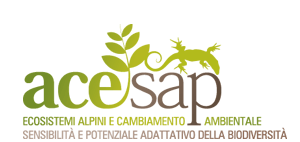| Chironomidae represent up to 100% of the fauna of Alpine streams. Because they survive stress conditions such as extremely low temperature (annual mean <4 °C), these animals represent a good organism model to analyze the relationship between adaptation to cold and expression of stress proteins such as the 70 kDa Heat shock protein family. Fourth instar larvae of ten species of coldstenothermal chironomids (Pseudodiamesa branickii, Diamesa latitarsis, D. laticauda, D. cinerella, D. insignipes, D. zernyi, D. vaillanti, Orthocladius (O.) frigidus, O. (Euorthocladius) thienemanni and Paratrichocladius nivalis) were collected in a glacier-fed stream in NE Italy at two stations (1300 and 2600 m a.s.l.) and in two seasons (summer 2005 and spring 2006). Immunodetection and quantification of the relative levels of Hsp70 family were performed via Western blot analysis. Significantly different levels of Hsp70 were detected among species. The highest amounts were recorded in P. nivalis and D. insignipes, the lowest in P. branickii. Within the genus Diamesa, lower levels of Hsp70 were observed in the most cold-stenothermal species than in the less coldstenothermal ones. These differences may be explained by different species autoecology. The results provide information on biochemical strategies of alpine midges to face cold temperatures under natural conditions and new insights into their possible response to global warming. |
 Expression of the 70 kDa( 339 KB)
Expression of the 70 kDa( 339 KB)





